styrofoam peanuts for drainage
dlg421
13 years ago
Featured Answer
Comments (16)
rhizo_1 (North AL) zone 7
13 years agolast modified: 9 years agoRelated Professionals
East Patchogue Landscape Contractors · Flagstaff Landscape Contractors · Haverhill Landscape Contractors · Long Branch Landscape Contractors · Longmont Landscape Contractors · Painesville Landscape Contractors · Castro Valley Window Contractors · Fishers Window Contractors · Meridian Window Contractors · Mokena Window Contractors · Phelan Window Contractors · West Haven Window Contractors · Bothell Fence Contractors · Lansing Fence Contractors · Lockport Fence Contractorsjodik_gw
13 years agolast modified: 9 years agogreenman28 NorCal 7b/8a
13 years agolast modified: 9 years agoedweather USDA 9a, HZ 9, Sunset 28
13 years agolast modified: 9 years agotapla (mid-Michigan, USDA z5b-6a)
13 years agolast modified: 9 years agojane__ny
13 years agolast modified: 9 years agocalistoga_al ca 15 usda 9
13 years agolast modified: 9 years agodlg421
13 years agolast modified: 9 years agogreenman28 NorCal 7b/8a
13 years agolast modified: 9 years agodonaldb
13 years agolast modified: 9 years agojane__ny
13 years agolast modified: 9 years agojodik_gw
13 years agolast modified: 9 years agotapla (mid-Michigan, USDA z5b-6a)
13 years agolast modified: 9 years agodlg421
13 years agolast modified: 9 years agoJan414
11 years agolast modified: 9 years ago
Related Stories
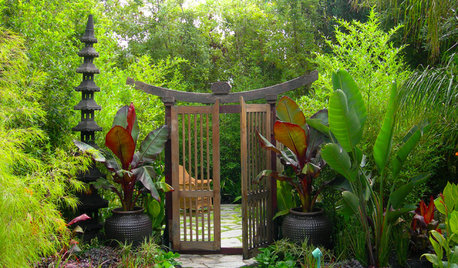
CONTAINER GARDENS10 Ways to Take Containers Beyond the Patio
Enliven your landscape with pots and containers
Full Story
GARDENING AND LANDSCAPINGBuild a Raised Bed to Elevate Your Garden
A bounty of homegrown vegetables is easier than you think with a DIY raised garden bed to house just the right mix of soils
Full Story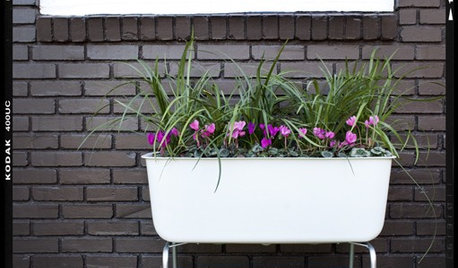
GARDENING AND LANDSCAPINGDIY Project: Mobile Container Garden
Get your garden going anywhere with a planter on wheels
Full Story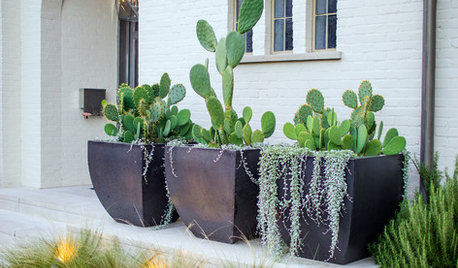
CONTAINER GARDENSCactus and Succulent Containers Are Ideal for Hot, Sunny Spots
Bring on the sun with these heat-loving succulent container gardens
Full Story
SPRING GARDENINGHow to Grow a Rose Garden in Pots
Everything can come up roses, even without a plot of soil in sight. This step-by-step guide to growing roses in containers shows you how
Full Story
SPRING GARDENINGInspiring Raised Beds for Fall and Spring Planting
Make Your Next Vegetable Garden Even Better with Beautiful Boxes and Paths
Full Story
PETSPet-Proofing Your Home: A Room-by-Room Guide
Not all pet dangers are obvious. Keep furry friends safe and sound by handling all of these potential hazards
Full Story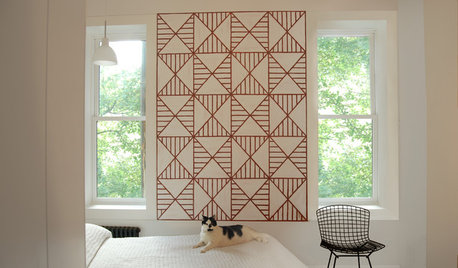
PETSHouzz Call: Send in the Design Cats
Post your best photo of your cat at home, in the garden or with you in your studio. It could be published in a featured ideabook
Full Story
BASEMENTSDesign Workshop: Is It Time to Let Basements Become Extinct?
Costly and often unnecessary, basements may become obsolete — if they aren’t already. Here are responses to every reason to keep them around
Full Story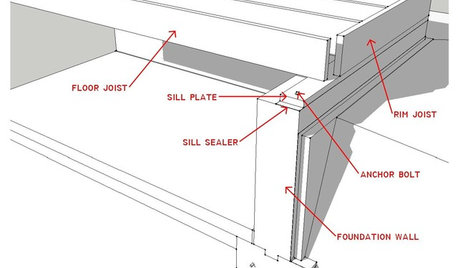
KNOW YOUR HOUSEKnow Your House: What Makes Up a Floor Structure
Avoid cracks, squeaks and defects in your home's flooring by understanding the components — diagrams included
Full StoryMore Discussions







tapla (mid-Michigan, USDA z5b-6a)